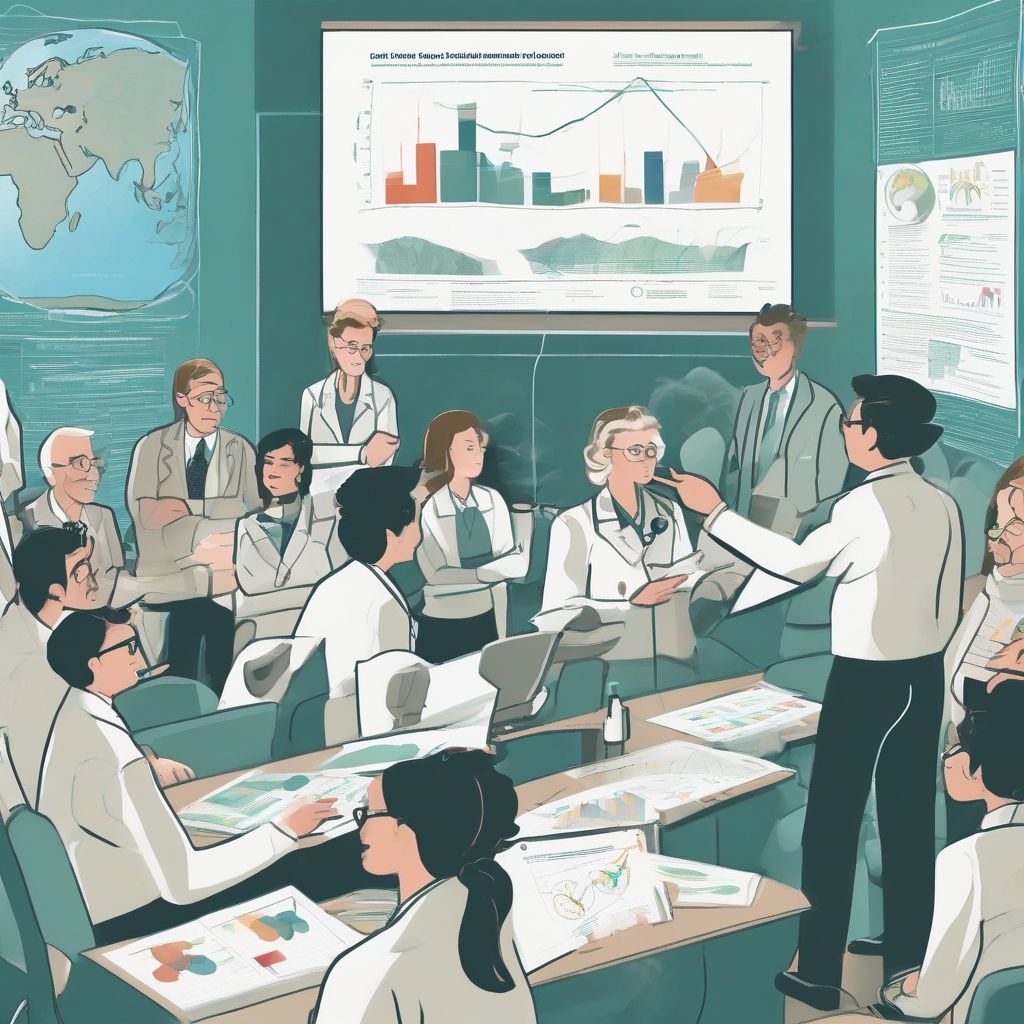Have you ever wondered how governments make decisions about protecting our planet? It’s not random! Just like we rely on nutrition science to make healthy food choices, policymakers depend on environmental science to create effective policies. Environmental science provides the evidence and data needed to address critical issues like climate change, pollution, and conservation. Let’s dive into how this fascinating field shapes the decisions impacting our world.
The Crucial Role of Environmental Science in Policy Making
Environmental science plays a vital role in informing public policy by providing:
- Scientific Evidence: Researchers conduct rigorous studies to understand environmental problems, their causes, and potential solutions. This data is crucial for crafting policies that effectively address the root causes of environmental challenges.
- Data and Analysis: Scientists collect and analyze vast amounts of data on air quality, water quality, biodiversity, climate patterns, and more. This data helps policymakers understand trends, predict future scenarios, and make informed decisions.
- Risk Assessment: Environmental scientists assess the potential risks associated with different activities or policies. This helps policymakers understand potential negative consequences and implement preventative measures.
- Evaluation of Policy Effectiveness: By monitoring environmental indicators, scientists can evaluate whether existing policies are achieving their intended goals and provide recommendations for improvement.
How Environmental Science Informs Key Policy Areas
Let’s explore how environmental science directly impacts policy decisions across various sectors:
1. Climate Change Mitigation and Adaptation
- Setting Emission Reduction Targets: Climate models developed by scientists provide the basis for setting targets for reducing greenhouse gas emissions, as seen in international agreements like the Paris Agreement.
- Developing Renewable Energy Policies: Research on renewable energy sources like solar and wind power informs policies promoting their development and integration into the energy grid.
- Adapting to Climate Impacts: Scientists study the impacts of climate change, such as sea-level rise and extreme weather events, to help governments develop adaptation strategies to protect communities and infrastructure.
2. Air and Water Quality
- Establishing Air Quality Standards: Scientific research on the health impacts of air pollutants guides the establishment of air quality standards to protect public health.
- Regulating Industrial Emissions: Environmental science provides the basis for regulating emissions from factories and power plants to reduce air pollution and its associated health risks.
- Protecting Water Resources: Studies on water pollution sources and their impacts inform policies to protect rivers, lakes, and groundwater from contamination.
3. Conservation and Biodiversity
- Protecting Endangered Species: Scientific assessments of species populations and their threats guide policies aimed at protecting endangered and threatened species.
- Managing Forests and Ecosystems: Research on forest ecology and the impacts of deforestation helps shape policies for sustainable forest management and conservation.
- Creating Protected Areas: Scientific data on biodiversity hotspots and important ecological areas informs the establishment of national parks, wildlife refuges, and other protected areas.
4. Waste Management and Resource Conservation
- Promoting Recycling and Waste Reduction: Environmental science provides the data to support policies that promote recycling, composting, and waste reduction to minimize environmental impacts.
- Encouraging Sustainable Consumption: Research on the environmental footprint of products and lifestyles helps guide policies that encourage sustainable consumption patterns.
 Environmental Science Informing Policy
Environmental Science Informing Policy
The Ongoing Dialogue Between Science and Policy
The relationship between environmental science and public policy is an ongoing dialogue. While science provides the foundation for informed decision-making, policy decisions also consider economic, social, and political factors.
Here are some key aspects of this complex interplay:
- Communicating Science Effectively: Scientists play a critical role in communicating their findings to policymakers and the public in clear and understandable ways.
- Bridging the Gap Between Research and Action: Translating scientific knowledge into practical policies requires collaboration between scientists, policymakers, industry leaders, and community stakeholders.
- Addressing Scientific Uncertainty: Environmental science often involves dealing with uncertainties and complexities. Policymakers need to consider these uncertainties while making decisions based on the best available evidence.
The Power of Informed Decision-Making
Understanding the crucial role of environmental science in shaping public policy is essential for all citizens. By supporting evidence-based decision-making and advocating for policies that align with scientific consensus, we can help create a healthier and more sustainable future for generations to come.
As you continue learning about environmental issues, remember that you have a voice in shaping public policy. Engage in informed discussions, support organizations working on environmental protection, and contact your elected officials to express your concerns and advocate for science-based solutions.
[amazon bestseller=”environmental science”]
